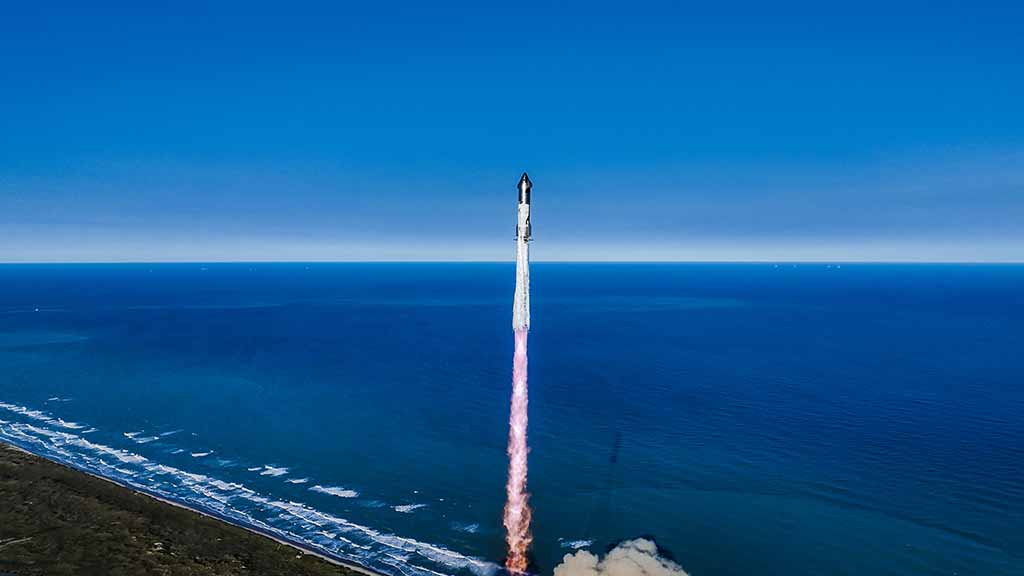SpaceX
SpaceX Announces Next-Gen Starship – New avionics, better heat shield, improve propulsion and more

Starship Flight 7 will strengthen the path to reusability and SpaceX has officially announced that this new rocket test will debut a next-gen upper stage. This new ship will improve the performance and reliability of the ship’s space operations.
SpaceX has installed new forward flaps with reduced size and shifted toward the vehicle tip and away from heat shield tiles. This relocation will improve their heat resistance by reducing reentry heat exposure. The structure has simplified the mechanisms underneath and protective tiling for flaps.
The ship will also have a new heat shield with additional protection underneath to protect the main hardware during reentry.
Redesigned Propulsion
The space rocket maker has improved the propulsion system, which contributes to a 25 percent increase in propellant volume.
According to the official SpaceX website, the ship has 1,200 tons of propellant capacity and uses a methane-oxygen staged-combustion engine that provides twice the thrust of the Falcon 9 Merline engines.
The second stage houses a total of Six Raptor engines including three Raptor and three Raptor Vacuum (RVac) engines.
The new propulsion system also has vacuum jacketing of feedlines, a new fuel feedline system for the vehicle’s Raptor vacuum engines, and an improved propulsion avionics module controlling vehicle valves and reading sensors.
These new improvements will improve the vehicle performance for long missions.

SpaceX Starship (Credit – SpaceX)
Avionics
Avionics has received a complete redesign. It will add new capability and redundancy for tasks such as propellant transfer and the ship’s return to the launch site.
These upgrades in avionics consist of improved flight computers, and integrated antennas combining Starlink, GNSS, and backup RF communication into each unit.
Better observation
The next-gen Starship has redesigned inertial navigation and star tracking sensors, equipped smart batteries and power units to distribute data, and 2.7MW of power across the ship to 21 high-voltage actuators.
Furthermore, the company has increased the on-vehicle cameras to more than 30 for enhanced hardware and performance insights during flight. The Starlink terminal will stream at more than 120Mbps in real time.
First use
SpaceX will use this next-gen Starship with Flight 7, which could launch as soon as January 10.
(Source)












